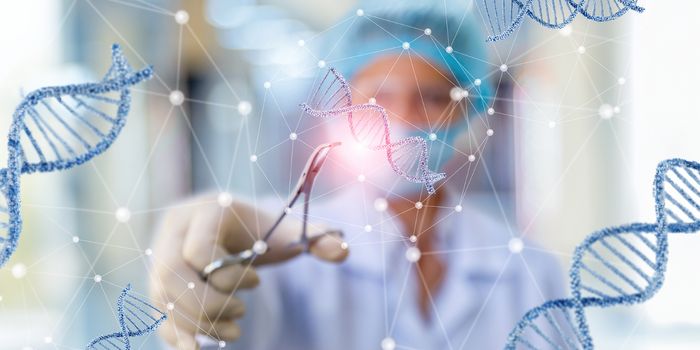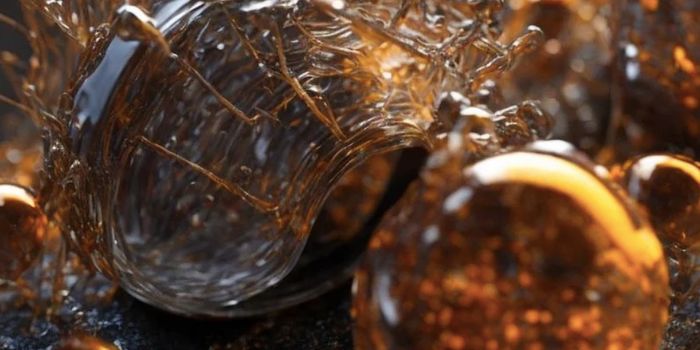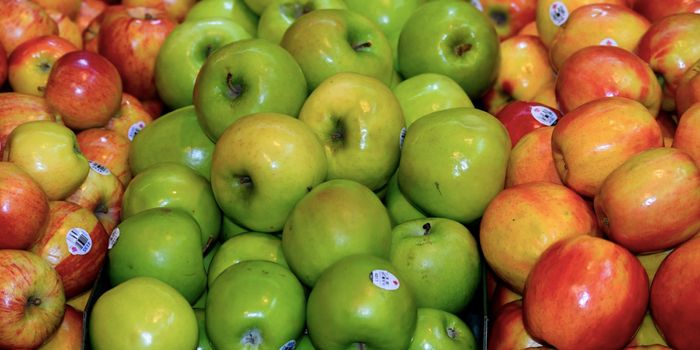Cutting Edge Tools Change Our View of the Nuclear Pore Complex
There are many fascinating and intricate molecular machines that perform essential functions. One of them is the nuclear pore complex (NPC). Scientists have now learned more about this structure, and they were able to do so without standard methods, and instead, observed the complex directly inside of cells. This work suggested that when molecules are isolated from a cell to study with X-ray crystallography, it could disrupt the structures the technique is meant to analyze. It has been reported in Nature.
"We've shown that the cellular environment has a significant impact on large structures like the NPC, which was something we weren't expecting when we started," said the co-senior study author, Thomas Schwartz, the Boris Magasanik Professor of Biology at MIT. "Scientists have generally thought that large molecules are stable enough to maintain their fundamental properties both inside and outside a cell, but our findings turn that assumption on its head."
Genomic DNA is kept in the nucleus of cells, which is protected by the nuclear envelope. But it's essential for molecules to be able to move in and out of the nucleus. So hundreds or even thousands of NPCs sit in the nuclear envelope and let things pass in and out of the nucleus.
While the NPC is microscopic, it forms a relatively large complex made of about 500 proteins. Previous work has broken the complex into separate parts so it could be deciphered with X-ray crystallography. In this study, cutting edge tools called cryo-focused ion beam (cryo-FIB) milling and cryo-electron tomography (cryo-ET) were used to analyze the NPC. The researchers created thin layers from frozen colon cells to view the entire thing in cross-sections, which included NPCs, instead of looking at NPCs separate from the cells.
"The amazing thing about this approach is that we've barely manipulated the cell at all," said Schwartz. "We haven't perturbed the cell's internal structure; that's the revolution."
This work revealed that their data was different from previous work that investigated NPC structure. The innermost ring that forms its central channel is significantly wider than was thought. Since not every protein can be isolated and purified for analysis, this approach could help scientists assess other structures in the cell.
Now the researchers are hoping to learn more about the NPC and how the size of the central channel can affect what is allowed to move through it. Some viruses like HIV can move through this channel, for example. If a medicine is meant to impact DNA, it would also have to move through the NPC.
"We've always manipulated cells and taken the individual components out of their native context," said Schwartz. "Now we know this method may have much bigger consequences than we thought."
Sources: Massachusetts Institute of Technology (MIT), Nature








